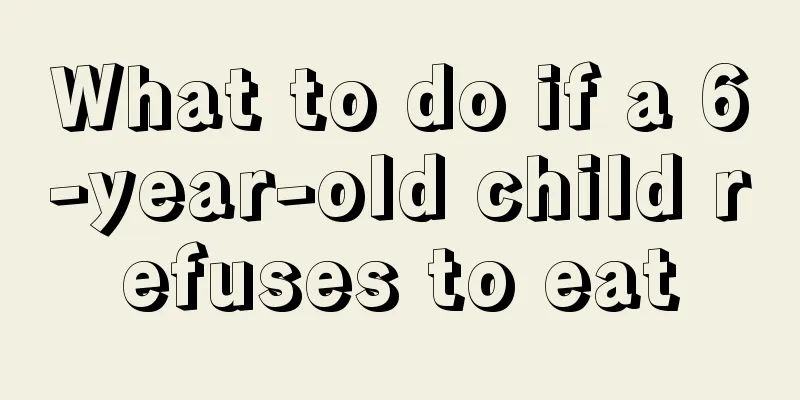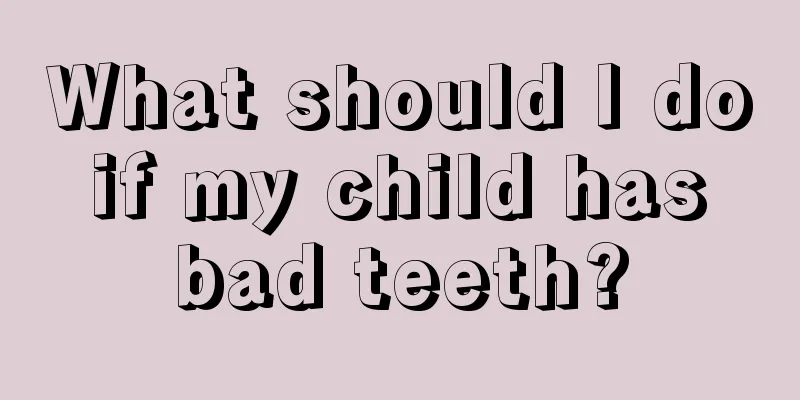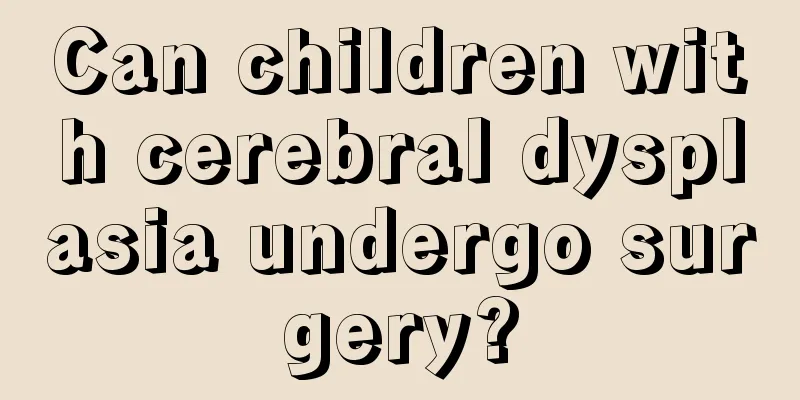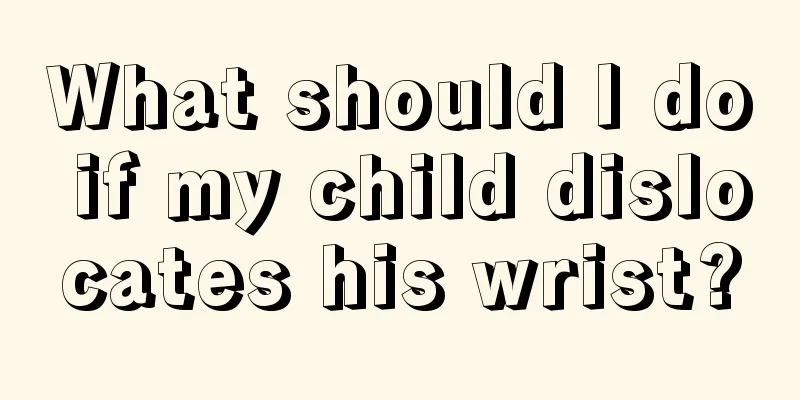Chickenpox in children
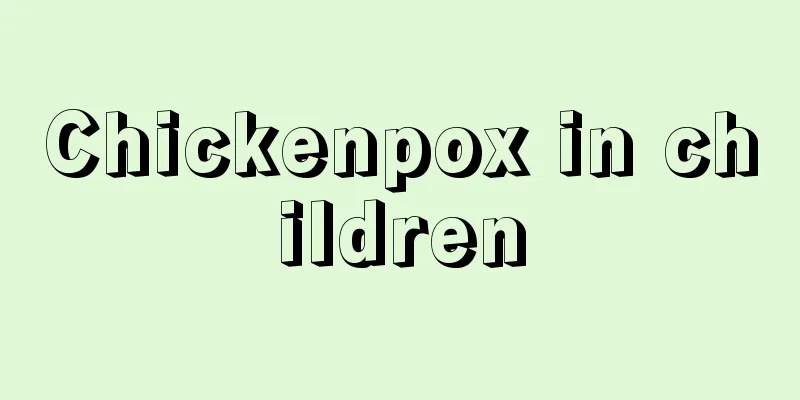
|
Chickenpox is a highly contagious skin disease caused by herpes zoster. Young children have very low immunity, so they are also a high-risk group for infection with the herpes virus. When a child develops chickenpox, parents must not panic too much. They should remain calm and find a series of relief measures to prevent the disease from developing into a serious condition. Now I will explain to parents how to deal with chickenpox in young children. What to do if your child has chickenpox As long as the baby has any skin disease, parents must pay enough attention to it, because most diseases will cause symptoms of itchy skin. Once the baby scratches it with his hands, it may cause infection, which will make the condition more serious. Just like a disease like chickenpox, if it is not properly cared for, it will leave scars on the skin. What should we do if a child has chickenpox? The following editor will give you a detailed explanation. First of all, because chickenpox can make people feel particularly itchy, in order to prevent the baby from scratching with his hands, you can give him a pair of small cotton gloves. At the same time, it can also prevent the baby from rubbing his eyes with his hands, which can prevent the virus from infecting the eyes and causing keratitis, which will affect vision. Secondly, during the chickenpox period, the baby's body may still have a low fever. This is caused by the continuous spread of chickenpox throughout the body. After the chickenpox disappears completely, the body's fever will subside. Parents must remember not to use some drugs to reduce the fever during the baby's fever, as this may cause other complications. Finally, when your baby has chickenpox, you can bathe him with warm water every day. You must pay attention to keeping his body clean and hygienic at ordinary times, which can reduce the risk of infection. Chickenpox symptoms in children Chickenpox is actually an infection symptom caused by the herpes zoster virus in the human blood and oral secretions. It is highly contagious and can be transmitted through droplets through the respiratory tract. Some babies may be infected if they touch the clothes or used things of a baby with chickenpox. So what are the specific symptoms of chickenpox in children? Follow the editor to read on. First of all, when the baby starts to have chickenpox, small red spots will appear on the body first if the symptoms are relatively mild, and then they will slowly spread to all parts of the body. When the small red spots become a little bigger, they will become small liquid blisters. After one or two days, the blisters will burst and form scabs. After about ten days, the scabs will fall off. If you don't scratch it with your hands, there will basically be no scars left. In addition, chickenpox is generally more common on the limbs, followed by the head and face. The number is also very large, and the shape is oval, about 3 to 5 cm in size. There will be a little redness around the blisters, and the liquid in the blisters is transparent. Babies with more serious conditions will have symptoms of high fever. If the body temperature reaches 38.5 degrees or above, do not give your baby medicine privately, and go to the hospital for treatment as soon as possible. |
>>: What to do if your child vomits repeatedly
Recommend
Newborn baby's throat is always hoarse
Newborns are very important to their parents, and...
Is cerebral hemorrhage common in premature infants?
According to some pediatricians, cerebral hemorrh...
What should I do if my child doesn’t fight back?
Children who go to school or play together often ...
Physical cooling methods for infants with fever
Every child will encounter some health problems o...
What to do if your child's gums are rotten
Nowadays, many children have bad teeth and many p...
How to check stomach pain in children?
Many children often complain of stomachache when ...
What to do if your child gets angry in winter? Here are some tips to reduce the fire
In winter, the climate becomes particularly dry, ...
What should I do if my child has poor digestion?
In the case of children's poor digestive func...
What to do if the newborn's temperature is 38 degrees
Generally speaking, the constitution of newborns ...
What to do if your child's ears itch
When the sensory nerve endings in the skin of the...
How to perform massage treatment on children’s colds?
I believe that parents are very familiar with the...
Massage for children with indigestion and fever
Traditional Chinese medicine massage and acupunct...
When can babies use pacifiers
Babies who have just been born are the ones that ...
What is the cause of dizziness, nausea and vomiting in children?
What happens when a child becomes dizzy, nauseous...
The baby always sticks out his belly and strains
The baby always has a sticky belly and is straini...



